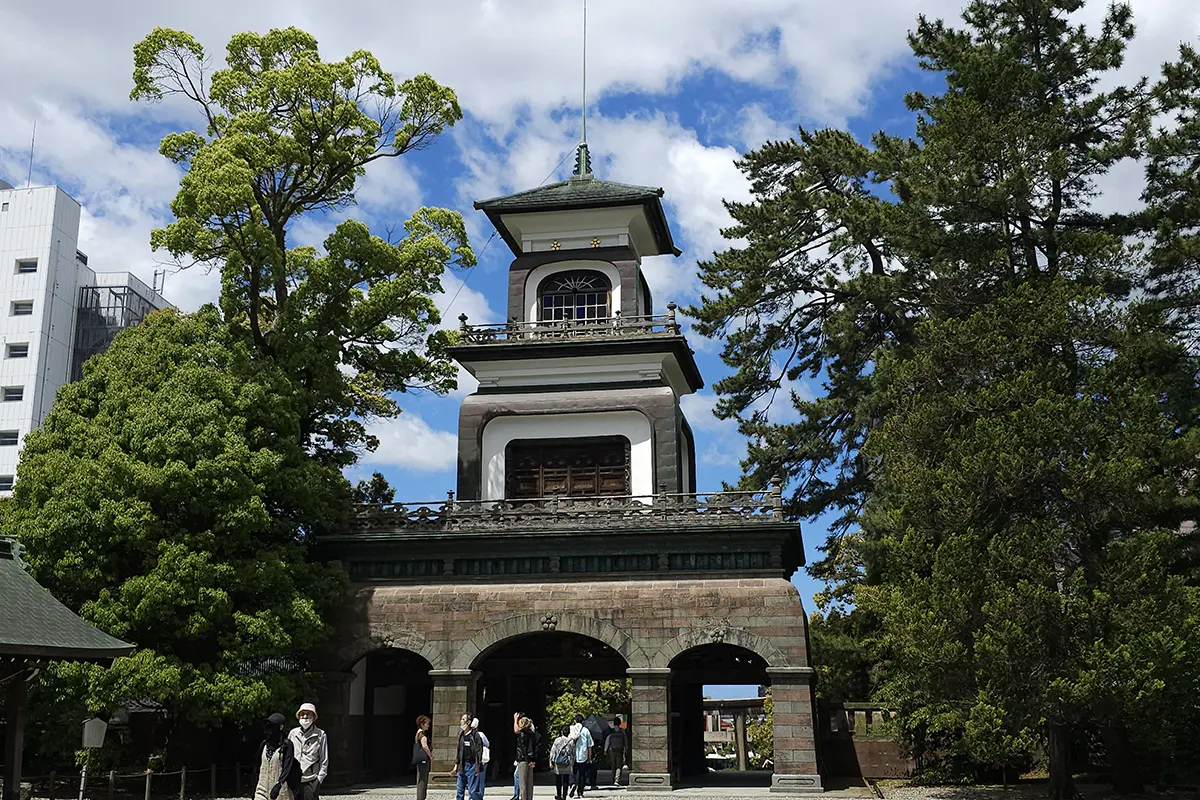Table of Contents:
Day 1: Historical Kanazawa
Day 2: Cultural and Artistic Kanazawa
We took the Hokuriku Shinkansen from Tokyo Station to Kanazawa Station, which takes about 3 hours with the fastest shinkansen. Kanazawa, often referred to as “Little Kyoto,” is located in Ishikawa Prefecture along the Japan Sea. We spent three nights at Mitsui Garden Hotel Kanazawa. Kanazawa is famous for its exquisite seafood, premium sake, and various historical sites. As Kanazawa’s attractions are conveniently clustered, we could explore many on foot.
Day 1: Historical Kanazawa
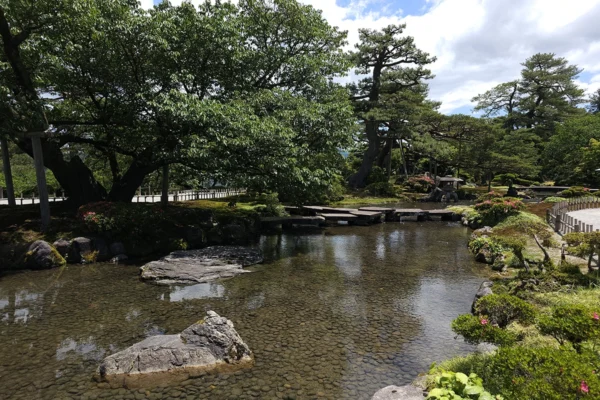
Morning: Kenrokuen Garden
We started our morning with a serene walk in Kenrokuen, one of Japan’s “Three Great Gardens”. This beautiful landscape garden features streams, ponds, and the iconic Kotoji-toro, a two-legged stone lantern. Enjoy the peaceful environment and the seasonal beauty, from cherry blossoms in spring to colorful leaves in autumn.
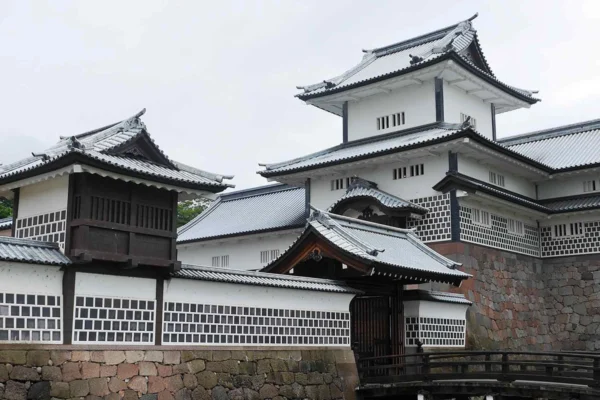
Midday: Kanazawa Castle
Next, we visited the imposing Kanazawa Castle, adjacent to Kenrokuen. We explore the castle’s well-preserved structures, including the Ishikawa-mon Gate and the Gojukken Nagaya warehouse. The castle’s architecture reflects the skills of Japan’s ancient carpenters, particularly in the use of interlocking wooden joints. We saw several gardeners working on the castle’s stone wall, removing weeds and some tree branches.
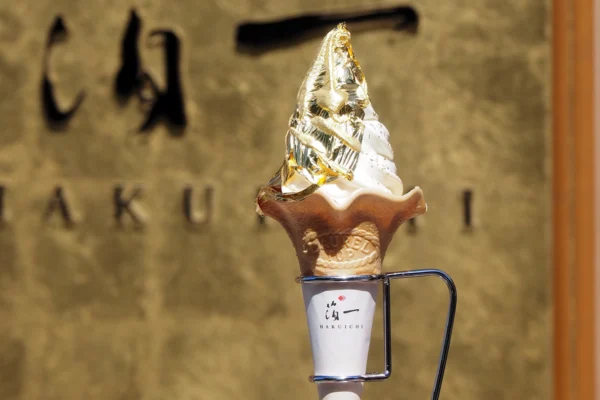
Afternoon: Higashi Chaya District
In the afternoon, we strolled through the Higashi Chaya District, one of Kanazawa’s charming geisha districts. Here, we could see traditional teahouse buildings, where geishas once entertained guests. We tried Hakuichi’s gold leaf soft cream cones (see the picture) as Kanazawa produces a significant portion of Japan’s gold leaf.
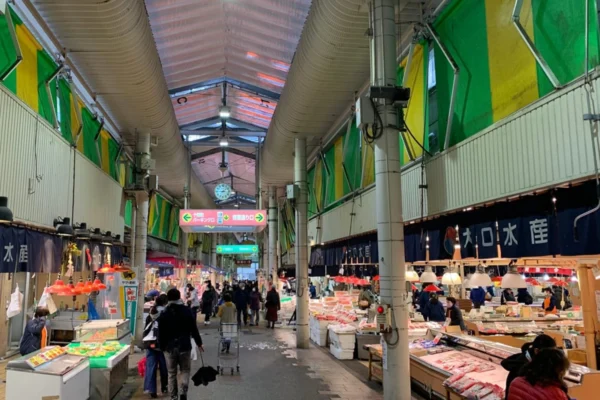
Evening: Omicho Market
We ended our day at Omicho Market, bustling with vendors selling fresh seafood, local produce, and regional specialties. It’s the perfect spot for dinner, where we tasted some of Kanazawa’s culinary delights, such as fresh sushi and Kaga vegetables.
Day 2: Cultural and Artistic Kanazawa
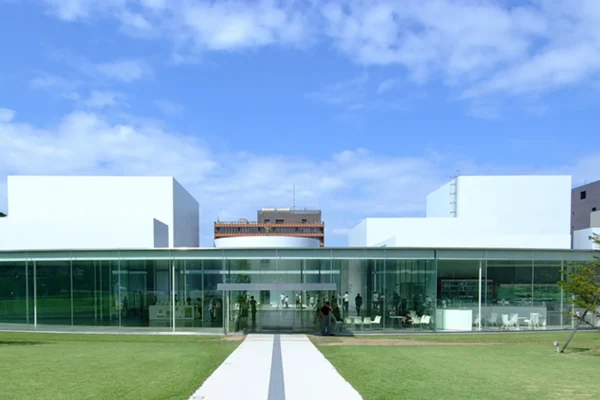
Morning: 21st Century Museum of Contemporary Art
We started our second day at the 21st Century Museum of Contemporary Art. This museum is celebrated for its innovative design and contemporary art exhibitions. The highlight is the “Swimming Pool” installation by Leandro Erlich, an immersive experience that plays with perceptions of space and reality. Read more about this museum in our article, Top 10 Must-Visit Museums in Japan.
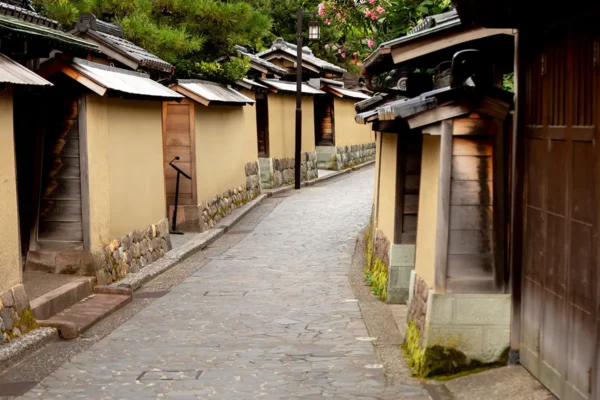
Midday: Nagamachi Samurai District
Next, we explored the Nagamachi Samurai District, where the samurai of Kanazawa once resided. We wandered through the historic lanes, visited the well-preserved samurai houses, and immersed ourselves in the history and culture of Japan’s warrior class. The Nomura Clan Samurai House, in particular, offers a glimpse into the lifestyle of the samurai era.
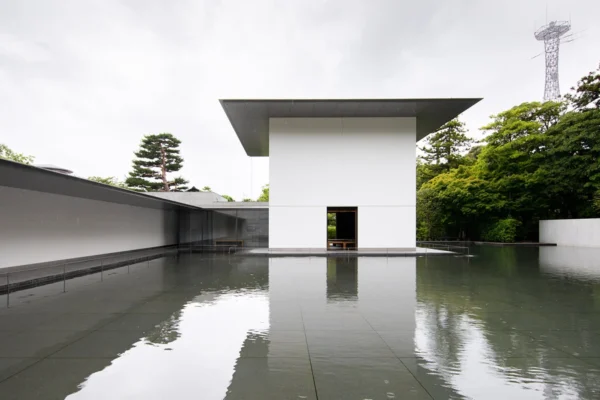
Afternoon: D.T. Suzuki Museum
In the afternoon, we visited the D.T. Suzuki Museum, dedicated to Daisetz Teitaro Suzuki, a prominent Buddhist philosopher. The museum, known for its minimalist architecture, reflects the serenity and simplicity of Zen Buddhism. It’s a place for contemplation, surrounded by water and greenery, offering a peaceful retreat from the bustling city.
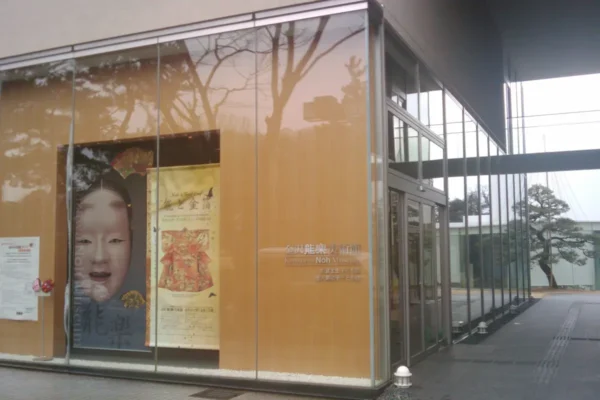
Evening: Kanazawa Noh Museum
We stopped at the Kanazawa Noh Museum. This museum provides insights into the traditional Japanese performing art of Noh. Engage with interactive exhibits, including authentic Noh masks and costumes. If you’re lucky, you might even catch a live Noh performance.
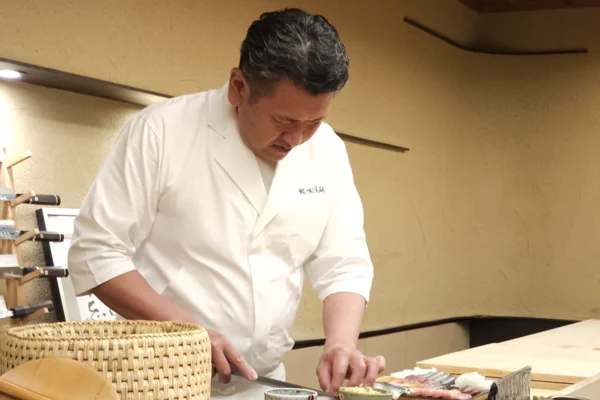
Dinner: Sushi Kibatani
The highlight of our Kanazawa trip was the exquisite dining experience at Sushi Kibatani, a Michelin-starred sushi restaurant. Known for its exceptional quality and masterful preparation of sushi, this restaurant offers a memorable culinary experience. Indulge in the chef’s fresh, locally sourced seafood selection, expertly paired with fine sake or Japanese green tea. The restaurant has an intimate atmosphere with only eight seats available at the counter. We had a great time talking with Chef Kibatani and other guests as well as his sushi.
